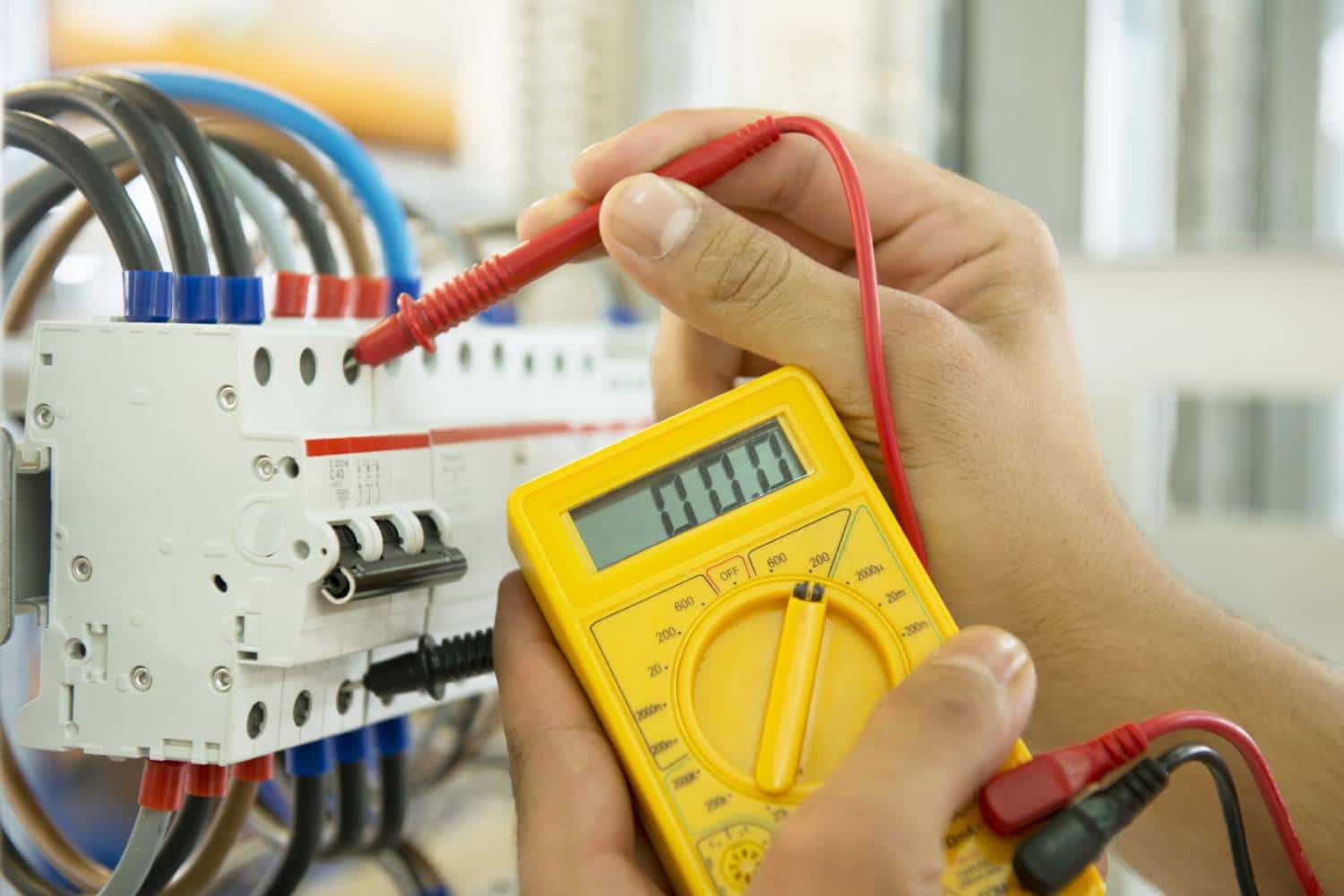Realize the full potential of developing AI products. Explore our guide in depth for tactical advice on developing and growing AI technologies.
The owners of businesses are looking for one-of-a-kind and cutting-edge business solutions that involve the utilization of cutting-edge technologies such as artificial intelligence, machine learning, natural language processing, predictive analytics, and data analysis.
These solutions should enable them to make decisions based on data in order to ensure the long-term growth of their companies.
By implementing solutions that utilize artificial intelligence in the business world, we are able to optimize complex workflows, automate repetitive business operations, and guarantee the appropriate utilization of resources and labor.
7 Ways to Build and Scale AI Products
Find the path to success with AI! With the help of our comprehensive guidance, you can confidently and precisely build and scale cutting-edge products.

This allows us to assist in rapid business growth and boost the overall profitability of the organization. Let us explore a step-by-step guide to building AI product design and scaling AI products.
#1. Determine the scope of the project
Phases are used in the process of developing AI products. The initial step is to establish the parameters of the artificial intelligence project.
When we are in the period of planning for the artificial intelligence product, we discuss the goals, objectives, benefits, and features of the AI products, and we also establish a defined boundary for the scope of the project.
By doing so, we are able to determine whether or not the problem falls within the parameters of the project.
#2. Requirement gathering from clients
AI consultants gather information from the clients using one-to-one sessions, in-person meetings, and brainstorming sessions with the AI development team.
In this way, AI development team members work in collaboration with the clients and suggest ideas and solutions for handling specific business problems.
#3. Preparing cost-effective and powerful plans for AI product development
Product development for artificial intelligence requires strategic plans that are both powerful and cost-effective.
In the planning phase of the development of an artificial intelligence product, we choose the suitable frameworks and tools for AI product development that will assist us in completing the tasks that are specific to the product.
#4. Use computer vision to prepare a blueprint for AI product design
By utilizing computer vision and 3D animation, we are able to construct an artificial intelligence product design that makes the most efficient use of raw resources and contributes to a decrease in the amount of time spent on developing AI products.
#5. Algorithm development for scalable AI product
It is essential that the algorithm of the artificial intelligence product be optimized, straightforward, and simple enough for both the interpreter and the code executor to comprehend.
By writing clean and optimized codes with proper indentation and modular code design, artificial intelligence software products are designed and developed according to the specific requirements of individual businesses.
The artificial intelligence system needs to be scalable to accommodate any size or form of organization.
We are able to guarantee that artificial intelligence products are adaptable to the needs of small, medium, or large-scale businesses and may be modified as and when they are required.
#6. AI product testing and deployment
During the testing of artificial intelligence products, it is vital to choose the proper testing instrument for the product.
With the use of AI-driven automated testing tools, we are able to cut down on the amount of manual labor required and begin testing for the purpose of ensuring the quality of AI products.
After the results of the tests have been validated, the artificial intelligence product is prepared to be deployed on the client’s end.
#7. Monitor the performance of AI products and offer support services
Once the artificial intelligence product has been deployed on the client side, the work of the engineers who work on the AI product is not finished.
They need to measure key performance indicators (KPIs) that measure the success of the artificial intelligence project in order to monitor the performance of the AI product.
In conclusion, it is necessary to state that the design of a product needs to be optimized in order to guarantee the appropriate exploitation of resources and to lower the cost of manufacturing.
Companies of any size and composition are able to use artificial intelligence products because of their flexibility to scale up.















































































